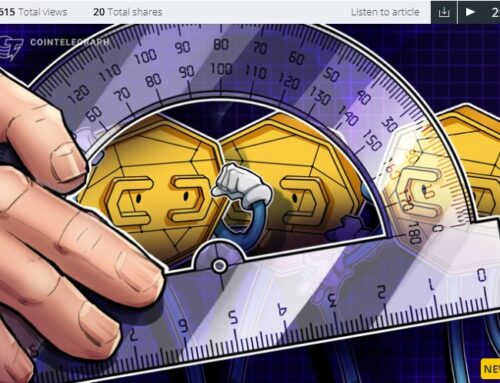Your Netflix Subscription Price Is Probably Going Up — and That’s a Good Thing
February 24, 2015
|
February 24, 2015 | Comments (0)

Source: Netflix.
In its recent Q4 and full-year earnings release,Netflix (NASDAQ: NFLX ) management discussed the company’s success in 2014, as well as plans for the future. Highlights and analyst questions both focused on the company’s growth strategy, particularly in light of a declining number of new domestic subscribers as Netflix saturates the U.S. market.
International subscriber totals are growing rapidly as Netflix expands further abroad. However, the company is losing money internationally due to high expansion costs, so those new adds won’t be driving profit for a few more years.
Here in the U.S., new subscriber growth has still been very impressive in 2014, but lower than expected growth for Q3 2014 sent Netflix stock tumbling back in October. Netflix’s subscriber growth rate in the U.S. is slowing and it’s likely that this trend will continue as the company can’t sustain new subscriber growth indefinitely, and already may be saturating the domestic market with around 40 million domestic subscribers.
Analysts and investors are wondering how the company will continue to drive more earnings growth with decreasing new subscribers year-over-year in the U.S. The only way is to get more money from existing customers.
The May 2014 price increase didn’t lower subscriber growth
Netflix’s regular subscription price increased by a dollar during Q2 of last year, so that most new subscribers now pay $8.99 a month instead of $7.99. That’s still an incredible value, when you compare $8.99 a month to what the big cable companies charge for access to their services.
As net new adds decreased in the second half of 2014, Netflix management originally blamed the May price change. But now the company is blaming other factors, primarily its U.S. market saturation.
It noted that new subscriber adds in the past two quarters came from lower-economic areas, and the company undertook a similar price increase in Mexico with no real change in subscriber growth. Both of those things make it appear that the service hasn’t grown too expensive.
Will another blanket price increase happen? Probably not anytime soon
So the company appears to believe its service is still cheap in this market. It’s also safe to assume that Netflix wants to increase margins and make more income. It makes sense, then, that more price increases are likely. But will that mean another overall rate increase soon?
That’s what analysts wanted to know during the conference call. One analyst asked Netflix’s management about its stated goal of 40% contribution margin by 2020. “Do you have other markets that you’ve looked at and you’ve seen the results from there that give you the confidence that there is this pricing elasticity or pricing power?” the analyst asked. “Do think [sic] we could, then, going forward, see a $1 price increase every other year, or every two years?”
CFO David Wells replied:
Well, I don’t think we’re talking about $1 to the consumer price increase every year. What we’re talking about is using our tiers to provide value and choice for the consumers to steadily grow our average subscription price over time. That doesn’t necessarily require the frequency of an annual price increase.
Though he continued:
But right now, I think we’ve got enough information to say, based on Mexico and other markets, that there’s still pricing power, plenty of pricing power for Netflix, and not a reaction to the elasticity.
So the company doesn’t plan to have a blanket price increase every year, but it knows it still has pricing power and can use that power without affecting subscriber growth much. But even if there’s not a blanket rate increase, your subscription price is still likely to rise, and you’ll be happy about it. Here’s why.
Netflix won’t force a price increase. It’ll make us want to pay more
Netflix is spending $3 billion this year on new technology, better infrastructure, and better content, both licensed and original. For example, the company is promoting content specifically made for ultra-HD TVs. While only a small portion of the U.S. market owns one of these TVs, the company is confident that they’ll be the norm in a few years. While Netflix can’t control whether the companies they license content from use ultra-HD cameras, all Netflix original content going forward (with few exceptions) will be filmed for ultra-HD television. This is just one of many ways Netflix service increases are going to be a good thing.
This approach translates to more income through tiered subscription levels, as Wells mentioned. The ultra-HD Netflix subscription is the highest-priced level, at about $12 a month. Those who have the right technology for it will probably be happy to pay more for a much higher-quality service. Even a 50% increase from the basic subscription price would be far less than consumers pay for traditional cable television. So for consumers and investors alike, rising subscription prices are a good thing.
This $19 trillion industry could destroy the Internet
One bleeding-edge technology is about to put the World Wide Web to bed. It could make early investors wildly rich. Experts are calling it the single largest business opportunity in the history of capitalism… The Economist is calling it “transformative”… But youâll probably just call it “how I made my millions.” Don’t be too late to the party — click here for one stock to own when the Web goes dark.
Search
RECENT PRESS RELEASES
Related Post




